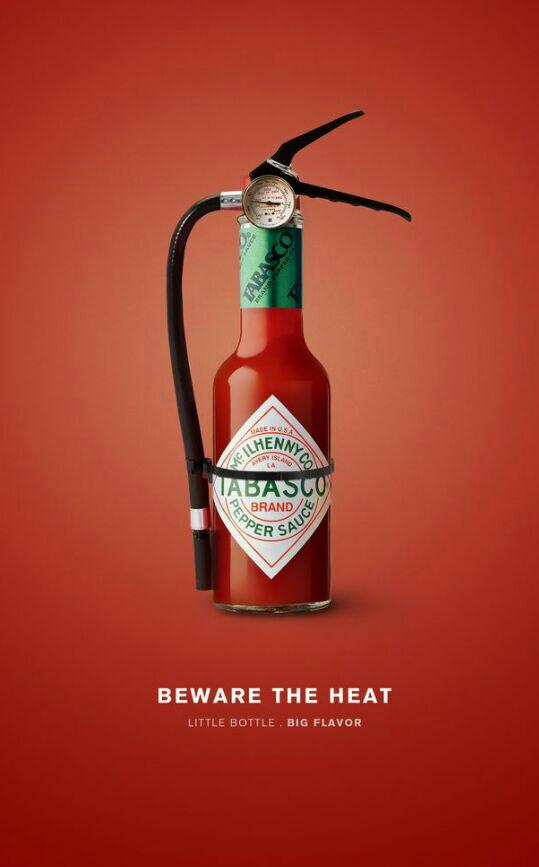I was really afriad when we first entered the room. When they told us to remove our hands off our friend’s shoulders I freaked out. Even in broad daylight, I can’t even do a trust fall with a trusted friend. Much less a stranger (the guide) leading me through the unknown. I was so afraid of getting lost and being left behind in the complex. Suddenly all my insecurities were placed in front of me, and I was forced to face them. I took comfort in the fact that I could rely on my friend’s voices and helpful hands guiding me to the right places.
I also realise how important sight is to me. I was overreliant on my sight. Everything that I did, was depended on my sight. When it was taken from me, I realised how to slow down and appreciate other things base on my sense of touch and smell. This made me a lot more aware of how a visually impaired person encounters and experience graphic designs. In our eyes, the visual aesthetics are the most crucial aspect of graphic designs. However, for the visually impaired, the texture, the smell and the audio were their words. It also made me more aware of the type of font that we chose when designing for a client. In the room, we touched and felt the text on a signboard and a sculpture. The non-cursive font was so much easier to decipher as compared to the cursive one. In addition, I found out that braille is not commonly understood among the visually impaired. This made me realise how important is it to understand the client that we are designing for.
By taking on roleplaying, we are better able to understand and emphasise with our clients. There are some things that we take for granted in life, things that we won’t pause to think about. By roleplaying, we are able to immerse ourselves in their shoes. Through feeling for them, from their perspective, we are able to uncover more things that we never thought of before. However, there is an aspect of roleplaying where it can never fully mimic the reality of the visually impaired. In the setting of dialogue in the dark, we had the help of the guide, the never-ending walls and our friends to help us navigate through the place. It was a safer and more controlled environment, as compared to the reality they face on a daily basis.
However that being said, roleplaying is still an essential part of design thinking. The designers can better understand the needs of the clients, thus are better able to design to their needs. After all function over form.










